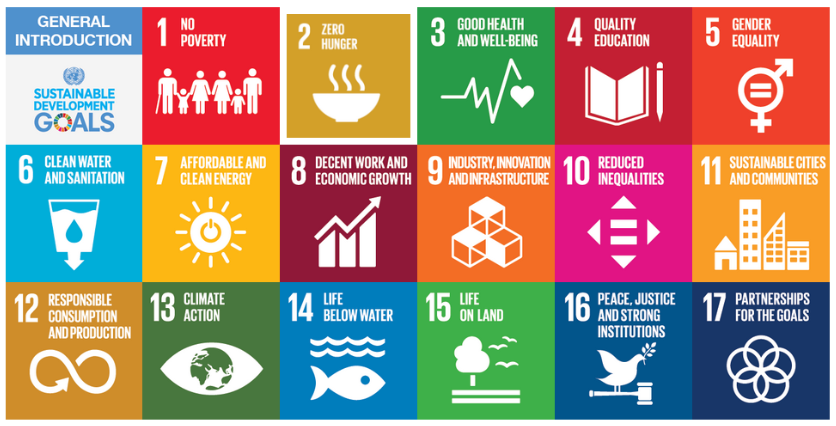Screenshot from Gregg Segal’s website based on the Daily Bread project. For more, visit https://www.greggsegal.com
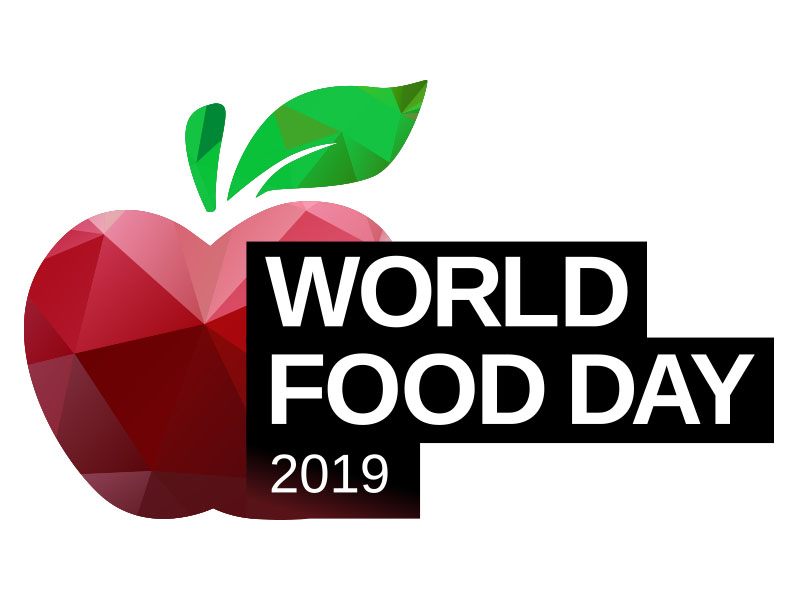 Wednesday, the 16th October, is World Food Day. Ciara Regan introduces a range of activities to get you started on teaching the issues, the debates and key ideas around World Food Day as part of a new series brought to you by the Professional Development Support Service for Teachers (PDST), Concern Worldwide, Self Help Africa and developmenteducation.ie
Wednesday, the 16th October, is World Food Day. Ciara Regan introduces a range of activities to get you started on teaching the issues, the debates and key ideas around World Food Day as part of a new series brought to you by the Professional Development Support Service for Teachers (PDST), Concern Worldwide, Self Help Africa and developmenteducation.ie
Scoilnet World Food Day portal is a great place to start. A teacher-led set of activities and resources covering a large range of hunger and food related topics including climate, migration, food waste, the SDGs, food choices and sustainability…and much more!
First, a general activity: The Food and Agriculture Organisation of the United Nations (FAO) are running a Poster competition for ages 5-19 to create a poster that illustrates their idea of what needs to be done to make healthy diets available for everyone and how each of us can improve how and what we eat.
Follow-up activities could include: organising a food collection; exploring how much food is not eaten at lunchtime and what happens to it; and investigating food composting.
Other ideas for testing students’ knowledge on food include:
- Worksheet identifying fruit or vegetables
- Worksheet on eating your colours
- A display which questions student’s understanding of fruit and vegetables, and why we need them.
Source: Teaching Ideas (UK)
Downloadable resources
Our very own resources library is key word searchable, so can be used to find resources on food, or you can use our Sustainable Development Goals Explorer to find resources on SDG#2
Sustainable Development Goals
Explore Sustainable Development Goal #2: End hunger, achieve food security and improved nutrition and promote sustainable agriculture. Use the interactive SDG tracker from Our World in Data to see how countries and regions are doing in relation to SDG#2. Students could use this interactive tool to compare Ireland to any other country in the world and could spend time looking at definitions of the terminology used in SDG#2 such as undernourishment, food insecurity, malnutrition, sustainable food production etc. Compare and contrast Ireland and a developing country.
According to the Our World in Data website information, almost 120,000 people in Ireland are undernourished (2016 figures). Does this surprise students? Why?
Photo Activities
Gregg Segal published his book, Daily Bread, in 2018. Segal uses the medium of photography to explore culture – our identity, memory, behavior, roles, beliefs, and values. His photography utilizes stark contrast and juxtaposition to engage viewers and provoke reflection. He draws on his background in writing and film to make pictures that are single frame dramas with a sense of something that has or is about to happen.
’Sensing a sea change in Western attitudes about diet and the effects of junk food, fast food companies have begun investing heavily in foreign markets where public awareness isn’t as keen – and Big Macs aren’t junk – they’re a status symbol’
Discuss the above quote from Segal’s introduction to his project Daily Bread. Why do students think junk food is seen as a status symbol? Is this true in Ireland? Why/why not?
Before exploring the images in Segal’s gallery, ask the students to read his introduction to the project. Spend some time on the content of this.
- What are their responses?
- What piece of information do they find most interesting/most shocking/most relevant?
- How does it make them think about people in Ireland and their relationship with food?
- If students recreated their week in food, in the same way Segal does with his subjects, what would it look like?

Peter Menzel has created a similar project called Hungry Planet: what the world eats. The Californian photographer visited 24 countries for his book.
From the Aboubakar family from Darfur in Sudan who spend 79p feeding 6 people to a German family who spend £320, his work explores not only the cost of food around the world, but its value.
- Ask students to spend some time looking at Menzels various photos and pic one or two that stand out for them the most and explore why.
- Which ones are comparable to Irish food consumption and which are the most different? What do the students find most striking about these images? Do these pictures give any insight into food waste, consumption, health?
Climate change
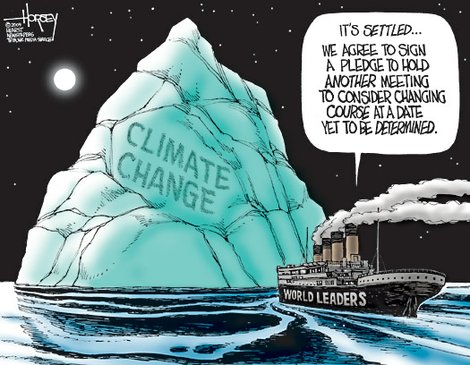
Every day, one in nine people do not have enough food to support a healthy, active lifestyle. This problem has been compounded by climate change, which often has a devastating impact on food security. Sever drought across three continents has led to shortages of food, water and energy.
This gallery taken from the Guardian newspaper illustrates how some communities are finding alternative sources of food or fuel in order to increase their resilience to climate change.
More on developmenteducation.ie

Urgently needed and timely new resource from Afri
Ciara Regan reviews Afri’s latest resource, Sowing Seeds of Peace, for post primary teachers which is adaptable and immediately useful across a range of school subjects.

World Food Day round-up
The World Food Day round-up includes new features and interactives for teaching and learning based on key drivers of hunger today
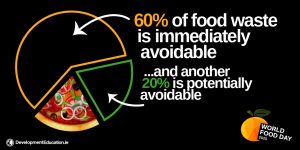
Our connection to food today in 4 graphics
4 facts and 4 graphics about the state of food in the world today

4 ways to make a positive difference on World Food Day 2019
What can one person do about tackling food waste, food injustice and world hunger? Toni Pyke checks out suggestions from the UN Food and Agriculture Organisation and environmental news website EcoWatch.

14 videos on our international food system and why it needs to change
In the lead up to World Food Day on October 16, Tony Daly presents 14 videos related to food, covering food waste, food production, energy
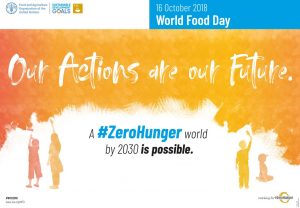
Are you ready for World Food Day 2018?
Tuesday next week, the 16th October, is World Food Day. Toni Pyke sketches out the background to the international day and introduces a new #ZeroHunger

